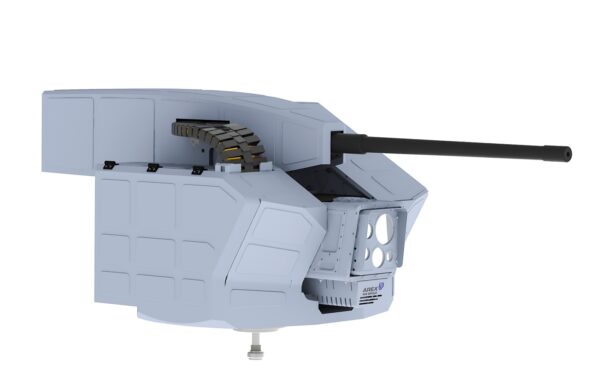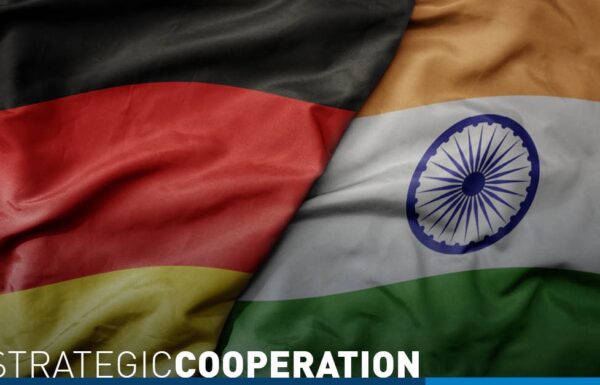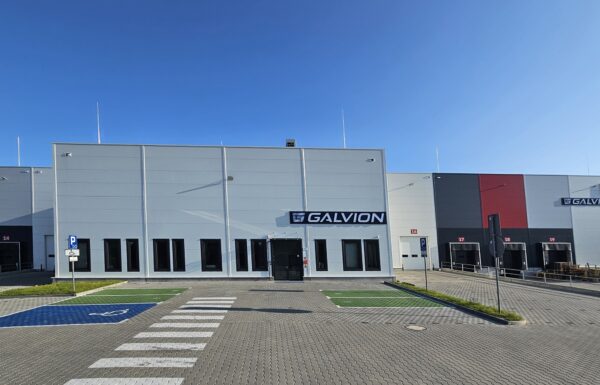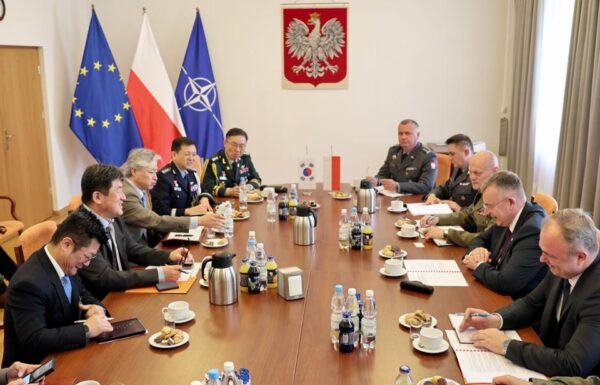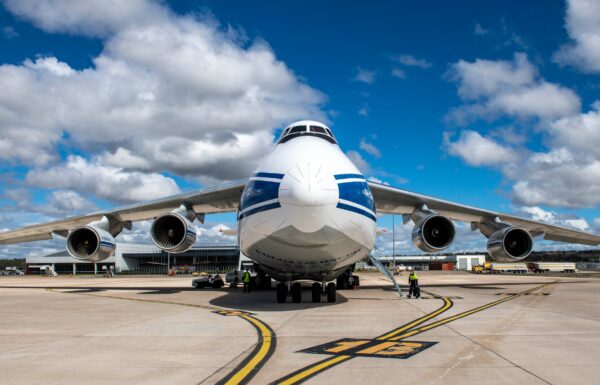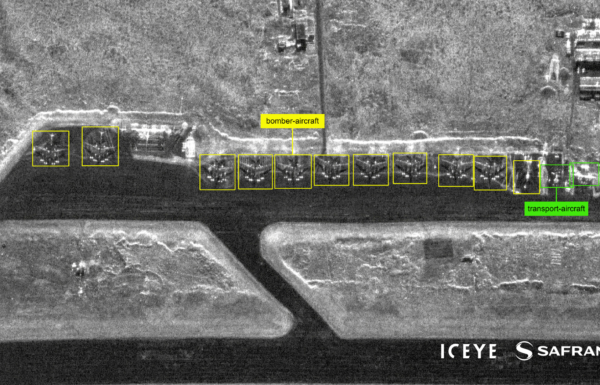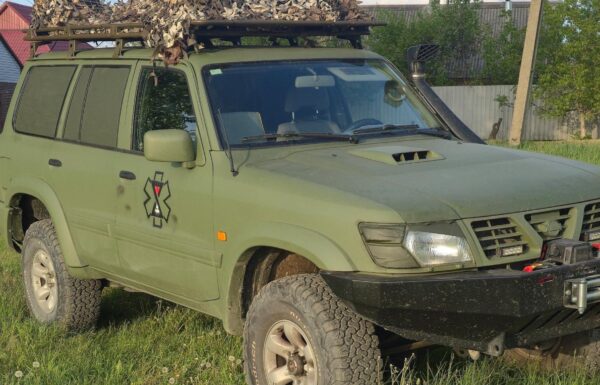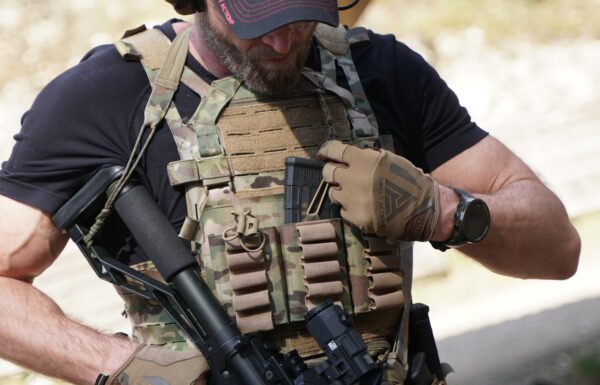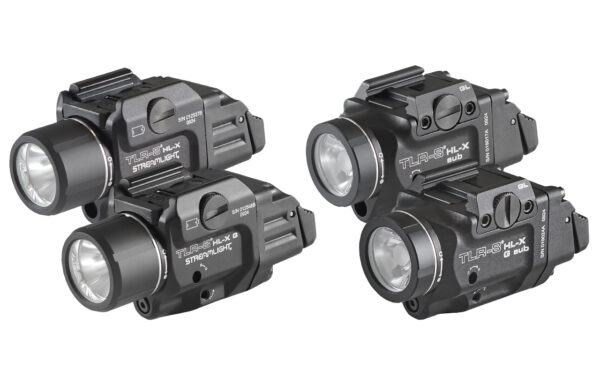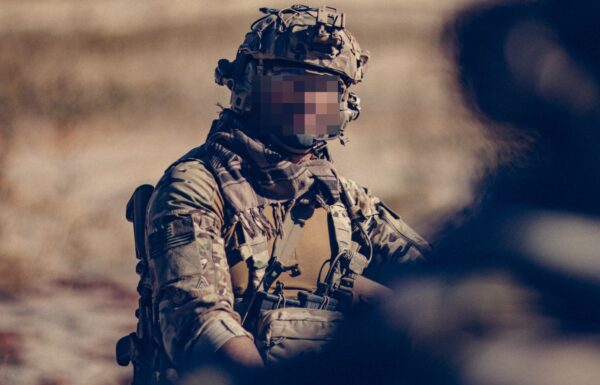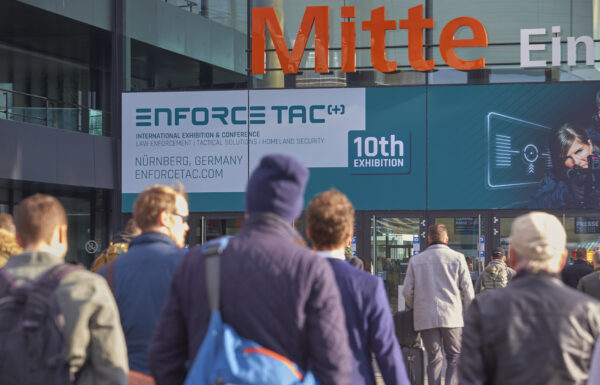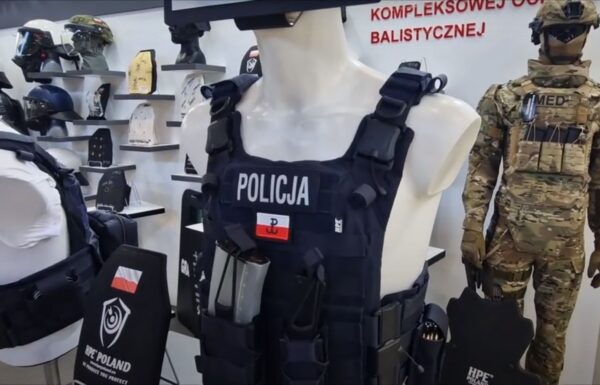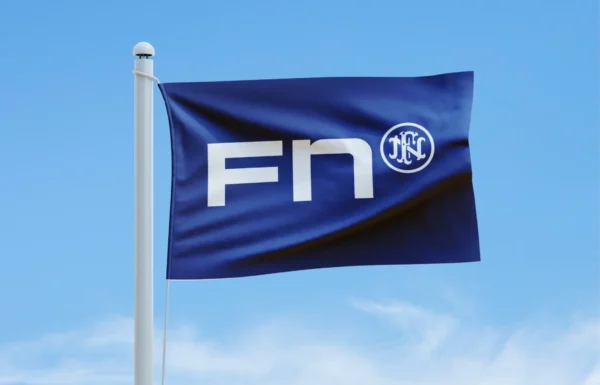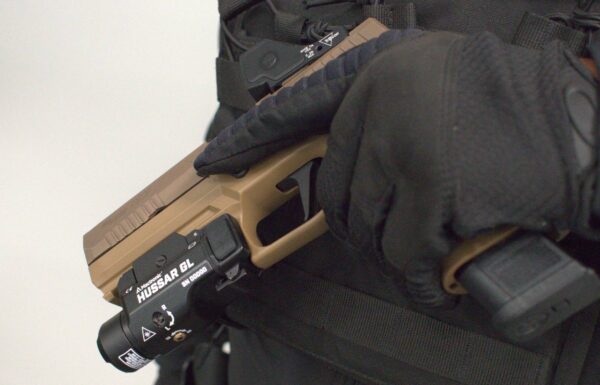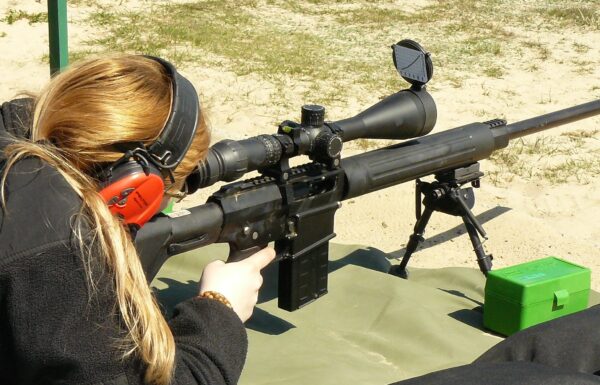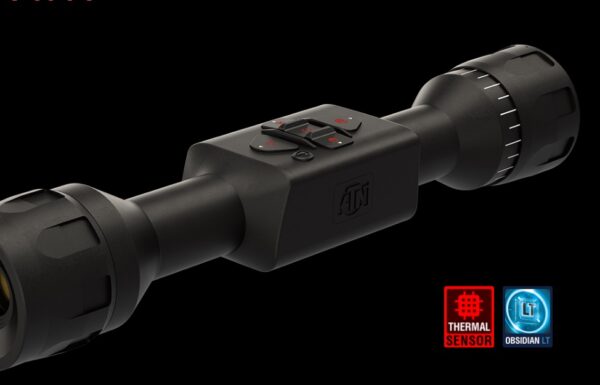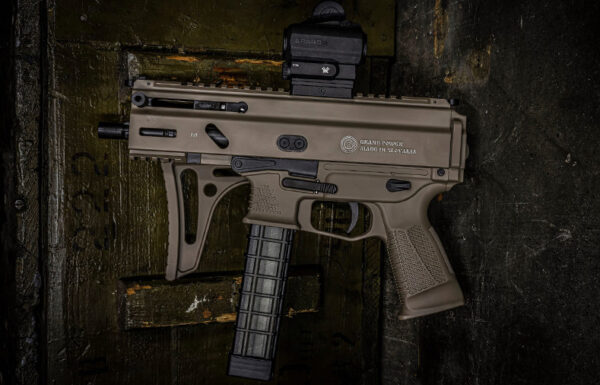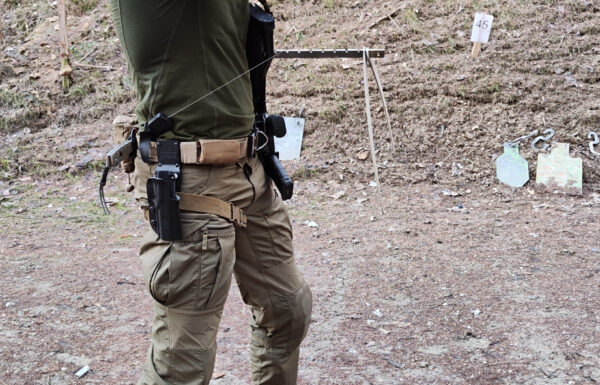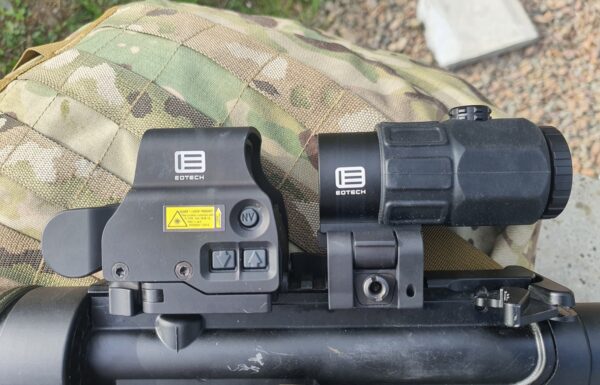On Monday, February 17, 2025, the Swedish Defence Materiel Administration (FMV – Försvarets materielverk) under the Ministry of Defence of the Kingdom of Sweden announced that it had signed a framework agreement worth approximately 600 million SEK (225.29 million PLN) with the company Szczęśniak Special Vehicles from Bielsko-Biała for the delivery of 10 heavy recovery and technical rescue vehicles based on a Scania 8×8 chassis, commonly referred to as heavy tow trucks.
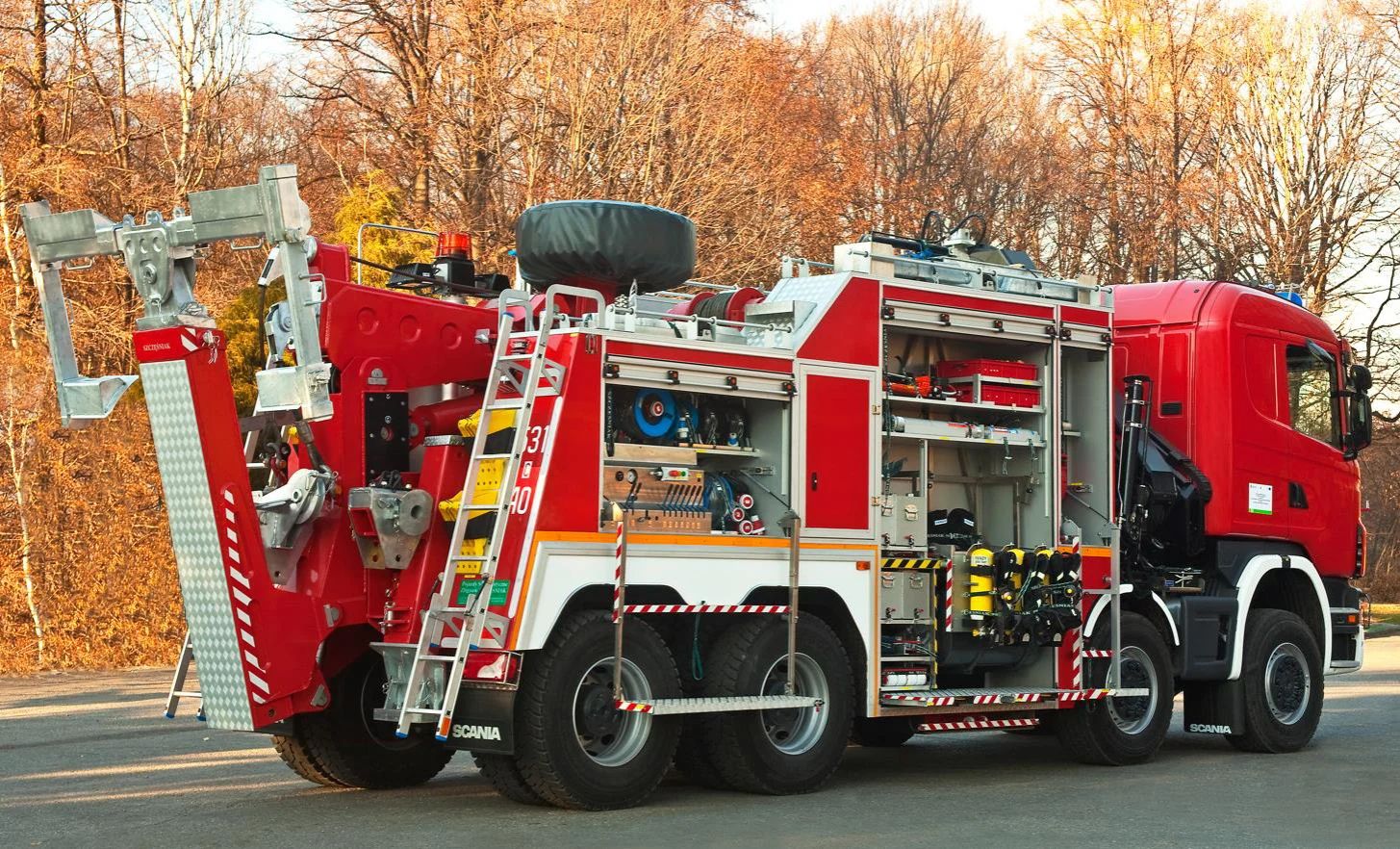 The civilian vehicle on which the Swedish Army version will be based / Photo: Szczęśniak Special Vehicles
The civilian vehicle on which the Swedish Army version will be based / Photo: Szczęśniak Special Vehicles
The contract is set to last for four years, with the option to extend it for an additional three years. The Polish company will be responsible for the vehicle body, while the subcontractors will include the Swedish companies Sepson (specialized equipment) and Scania Sverige AB (base chassis).
The delivery of the first prototype configuration unit is scheduled for December 2025. It will undergo extensive testing and trials before the final production configuration is refined and further deliveries begin.
“The heavy recovery vehicles will be a welcome addition to the Armed Forces, as the function of equipment maintenance (OHT) has been seriously neglected for many years,” commented the FMV agency on the new purchase.
According to the disclosed specifications, the vehicle will be powered by a 520 HP (383 kW) engine and feature a three-person cabin. It will be equipped with five onboard winches, including the main Sepson Septrac winch with a pulling force of 20 tons per side, as well as a main crane boom with a lifting capacity of 20 tons. Additionally, the rear tilting arm will be designed for lifting, towing, and recovering all types of wheeled vehicles used by the Swedish Armed Forces, thanks to over 200 accessories included in its equipment.
The Szczęśniak Special Vehicles company already has experience in the construction of military vehicles of this type. For the Heavy Wheeled Recovery and Technical Rescue Vehicles (CKPEiRT) Hardun program for the Polish Army, in cooperation with the Faculty of Mechanical Engineering of the Military University of Technology and the Military Institute of Armored and Automotive Technology, it developed and offered the KWZT-1 Mamut vehicle on a Tatra T815-7Z0R9T 44 440 8×8.1R chassis. However, the contract was ultimately won by Rosomak (part of the Polish Armaments Group), which offered a vehicle based on a Scania CB 8×8 chassis—interestingly, a model that is no longer in production. In the end, the Mamut was later used as the basis for developing the KWZT-2 for the Saudi Arabian Armed Forces and the KWZT-3 for the Czech Republic.


